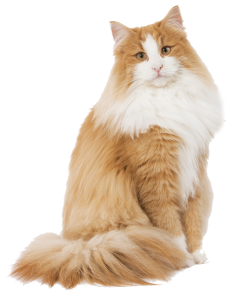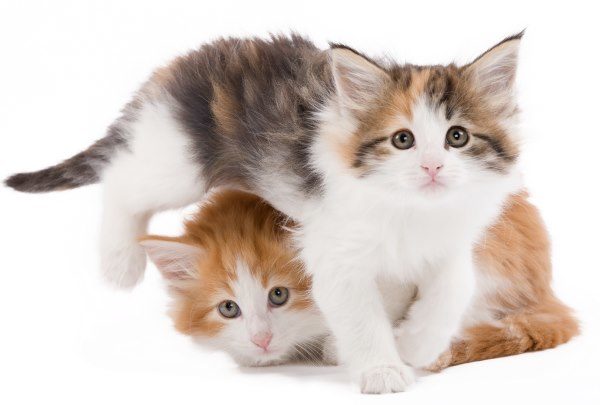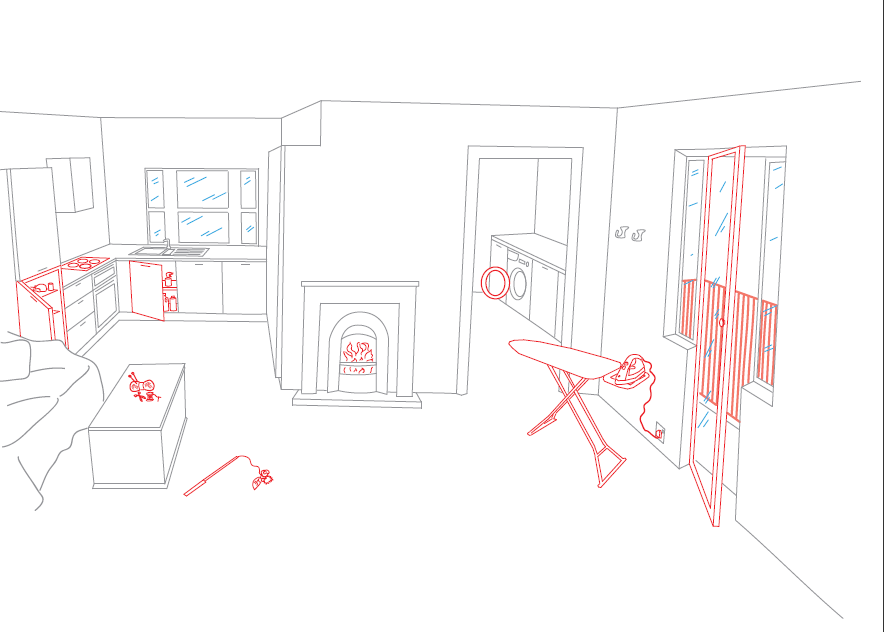Cats are independent creatures and they sometimes make decisions that put themselves at risk, so it’s important that we take precautions to keep them safe. Let’s look at how we can keep your cat safe at home and outside.
Making the indoors the outdoors

Most pet cats in the UK and Ireland have access to the outside world. This allows them to roam free and express their normal feline behaviours easily – exploring, scent marking and climbing.
The daily activities of an outdoor cat are often a mystery, but are the expression of essential behaviours hardwired into their genetics many thousands of years ago.
However, currently around 10% of cats in the UK are kept indoors and this number is on the increase. In some cases, outdoors access is just not possible, but most often this is a conscious decision, in order to reduce certain risks.
Keeping a cat solely indoors is certainly safer for their physical health. Accidents on the road can happen, especially in the first year of their life. Outdoor cats are also at a higher risk of fight wounds, injuries from other animals and viral infections that spread from cat to cat.
Keeping your cat indoors removes these risks, and also removes the possibility of your cat deciding to ‘rehome’ itself and find somewhere else to live! The local wildlife is better off too.
But indoor living is not without its own risks. Kept indoors, cats struggle to express those essential feline behaviours, and this can have a profound effect on their mental wellbeing and physical health.
They can become sedentary, risking problems like obesity, urinary conditions and hairballs. And they can become very stressed too, which could have an impact on their general health.
So, if you do wish to keep your cat indoors, you must provide them with the opportunity to be a normal cat – lots of places to rest high up, places to climb and scratch, lots of toys and regular play sessions. It’s important to make sure your cat doesn’t get out, as they could more easily get lost or injured without having had outdoors practice.
Consider this decision carefully and commit to your choice. An outdoor cat is unlikely to adapt well to the change to an indoor lifestyle, and vice versa. If you decide to keep your cat indoors, take the time to research all the things you can do to help keep them happy.
Cat flaps
For cats with outdoor access, a cat flap is convenient and beneficial for both cat and cat owner. Cats are happiest when they have control over their daily routine.
There are many different types of cat flap available, and many can be placed in windows and walls, as well as in doors.
However, cat flaps can sometimes be a source of stress for cats and owners. A cat flap means that other cats could come into your home too. Your cat can feel threatened and insecure in their own territory, potentially resulting in stress and behavioural problems. So it is well-worth investing in the modern type of microchip recognition cat flaps.
These cat flaps can be programmed to recognise each of your own cats’ existing microchips to allow access for them and no others. You often have the option to control access at set times. More importantly, your cat benefits from the access a cat flap gives them, without giving up that access to any other cats.
Learn more about microchipping by reading our dedicated microchipping procedure and benefits article.
Collars – the pros and cons
Indoors or outdoors, you will want to ensure your cat is identified as yours. It’s essential for outdoor cats but it’s also important for indoor cats as they could still escape and get lost or injured.
A collar shows that a cat is probably owned, so may help prevent them being picked up as a stray. Reflective collars may help with night safety

and collars with a bell may help give the local wildlife a better chance of survival. Occasionally, some veterinary preparations are available in the form of a medicated collar.
Some owners like to use a collar and tag. It is important to remember that this is not a permanent form of identification as they can become lost or be removed. And unfortunately, collar injuries are common. Cats can become suspended when climbing for example.
So, consider whether your cat really needs a collar. If you do decide to use one, make sure you fit it correctly, so that you can slide just two fingers underneath.
Regularly check the collar’s fit, especially while your cat is still growing.
Avoid collars with elasticated sections which make them stretch and potentially allow a leg through. Check the collar and any attachments for possible dangers. Above all, ensure that the collar you choose has a quick-release safety catch. It’s better to lose the collar than the cat.
Remove risk at home
Another essential consideration in keeping your cat healthy is to minimise the opportunity for risk around the home. This is especially important with kittens – they are highly inquisitive and have much to learn about their environment.
Try to see your home through the eyes of your playful and curious kitten, or your adult cat exploring its environment. Get down to floor level to see what they can access but also consider what they can encounter up high too. Let’s have a look at some of the typical household hazards to look out for in the images below (hazards are highlighted in red):

As you can see, open washing machines, open windows (for indoor cats), cupboards, the fireplace, irons, ironing boards and miscellaneous items like fishing rods all represent hazards at home for cats.
Therefore, make sure windows and doors are closed, hazardous items are put away, electrical items are unplugged when not in use, and fire places are covered up.
If you have any other questions about your cat’s safety at home, make sure to speak with your vet for further advice and guidance.